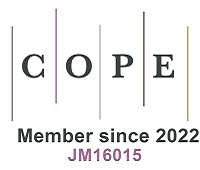fig3

Figure 3. (A) Schematic illustration for preparing ultra-high-loading (UHL, higher than 10 wt%) SACs[58]; (B) The metal content in the as-prepared UHL catalysts[58]; (C) Possible structural evolution pathway from an FeN4C12 S1 site to an FeN4C10 S2 site. The grey, blue, white and orange balls represent C, N, H and Fe atoms, respectively. Ef denotes free energy. Blue arrows represent possible structural evolution pathways[19]; (D) Mechanism illustration of the formation of Co single metal sites on three-dimensional graphene frameworks (Co SAs/3D GFs)[68]; (E) Schematic illustration of Acid-alkaline interaction of catalyst-electrolyte interface, i.e., Inactivated TPB: protonation of pyridine N inactivates the active site in mesopores or macropores (> 2.0 nm). Active TPB: Near-surface micropores of 0.8~2.0 nm which are not in direct contact with Nafion. Micropores smaller than 0.8 nm cannot form TPB due to extremely slow mass transfer[70]. SACs: Single-atom catalysts; TPB: triple-phase boundary.









